5 Tips to Improve your Seascapes

The term seascape is used to describe a sub-genre of landscape photography, where the subject is (or is composed with) the sea, beach or ocean. Similar to landscape shooting, there is a certain amount of planning that goes into having a good day “at sea”.
Here are a few tips to help you on your next salty excursion.
1. Angles and perspectives
So how do you want to tell your seascape story?There is the obvious option of shooting at sea level. You should include foreground elements to give your scene some depth and interest.

If you have higher ground, use it for a different perspective.
When you shoot from above, you are able to capture coastline shapes to your advantage. These include the shoreline, cliff edges or other rocky outcrops, and the way the land and sea meet. The ocean works well as your foreground or middle ground in the frame. Use the textures around you as well at different angles.
Most seascapes are shot at wide angles to capture the entire scene. Waves also make interesting seascape images. You can do this using a telephoto lens or by getting in the water with your camera properly housed in an underwater case. The latter is not as easy because it requires a whole other skill level.

https://resources.digital-photography-school.com/ref/937/
2. Shutter speed
Since seascapes are all about water or using the water element in your composition, shutter speed is an important consideration. In regular landscapes, your shutter speed affects mostly your sky, whereas, in seascape photography, you now introduce another major moving element. Thus learning to photograph water, and how shutter speed affects it, will go a long way towards your seascapes. You can freeze those crashing waves in time or shoot longer exposures for an end result of smooth, silky water. It all depends on your desired result.
3. Chasing tides
When you go out to shoot landscapes, most likely you check the weather forecast beforehand.For seascapes, it is a good idea to also check the times for high and low tides. The tides may enhance interesting land features at your location. Some areas may work well with both high and low tides, while others may only be accessible during the low. This is a good reason why scouting a location helps with planning your outing.
Similarly, shooting the same area at different tidal times can also be an interesting photo project.

Tidal pools also make great foreground subjects, and as a bonus, it can be reflective as well.
4. How wet?
Sometimes you need to get your feet wet to fully capture the beauty of the ocean. Other times, you may even get in knee-deep. Saltwater is the natural enemy of electronics though, so keep your gear safe, and more importantly, yourself!It is better to shoot crashing waves from a distance. If you venture close, choose a dry, safe position and have someone help you look out for rogue waves. Wet rocks can be slippery, so be careful walking on them.
Keeping your gear dry is also a challenge, especially the front lens from sea spray. Plastic bags or waterproof covers and microfiber cloths come in very handy!

Tripods in the ocean are a tricky thing to maneuver with the ebbs and flows of the waves, but once you get a sound footing, you are all set.
If you are shooting on the beach, use tripod feet, or implant the feet a couple of centimeters into the sand to increase stability.
When shooting in the sea, wash off your tripod with fresh water as soon as you can. Keep in mind that salt and sand can still get into the leg joints/extenders and affect slide and lock features.
Do you get in the water more often than not? Then a good recommendation is to get a cheap, sturdy tripod that is replaceable. If not, you will need to disassemble your tripod to clean it properly.
5. Let’s reflect
What could be better than an amazing sky? How about its reflection in a large body of water?The magic of reflections is real, and an expanse of the ocean provides a fantastic opportunity to capture it. When you use other foreground elements such as rocks, keep an eye out for pools and puddles formed within them to add some extra interest.

Wet sand and rocks can also be reflective as waves recede or at low tide. All of these elements can come together to create an awesome composition. Wet rocks are yet another reason to go out shooting after it rains.
Seascapes are definitely worth the effort. The ocean is always changing, and you can get totally different captures at sunrise and sunset or between high and low tides.
Seascapes also work during the day when the sun is high and is enhancing those beautiful ocean blues and greens, at varying depths.
Plan in advance what you want to capture. What angles are interesting? Can you do something different than what has been done before?
When getting your feet wet, do so safely for both you and your gear. But most of all, have fun! Respect the ocean, and you can make amazing images while listening to its soundtrack.
Share this article.



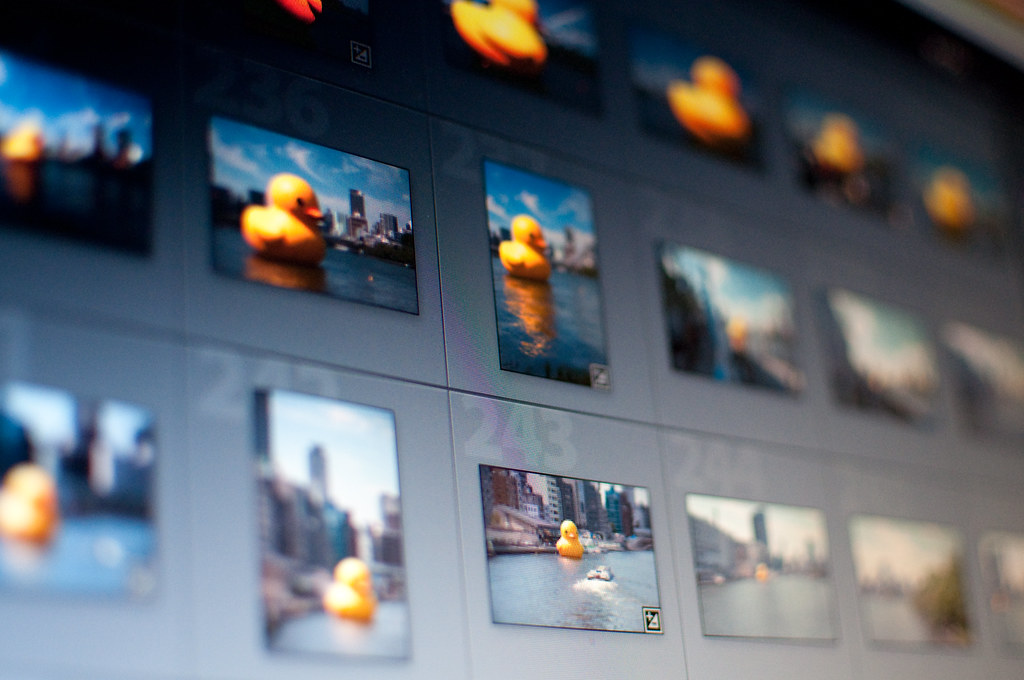 securecat
securecat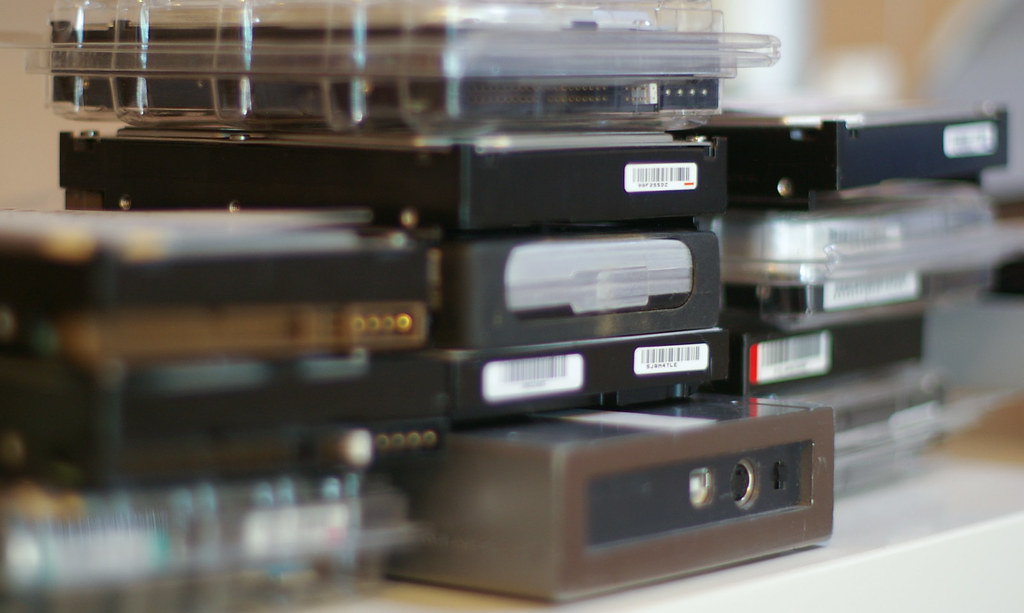
 tawalker
tawalker













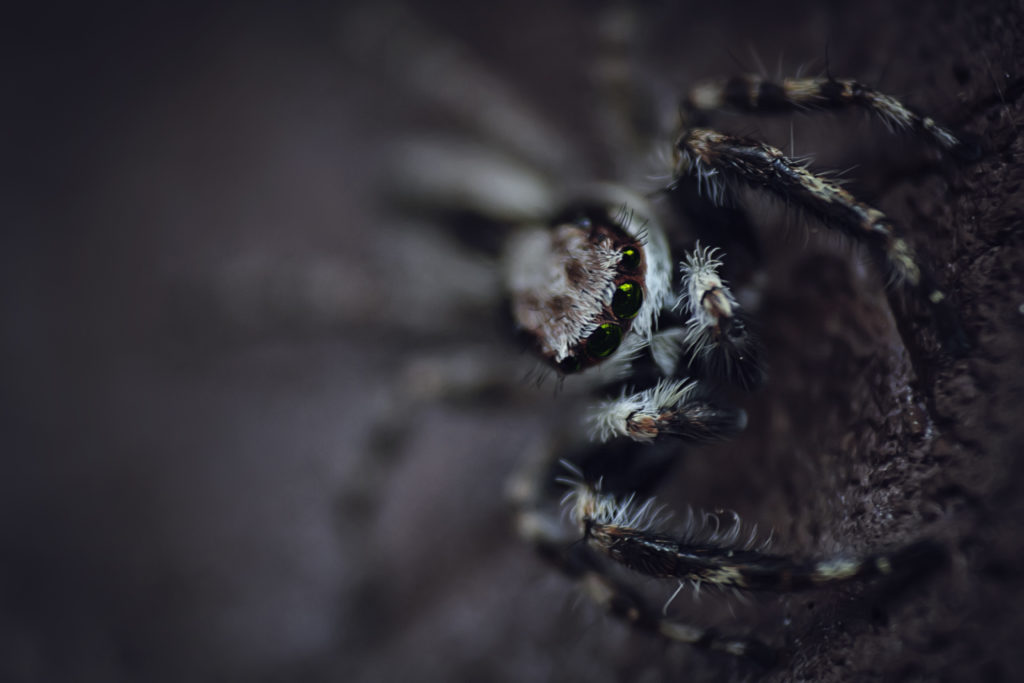
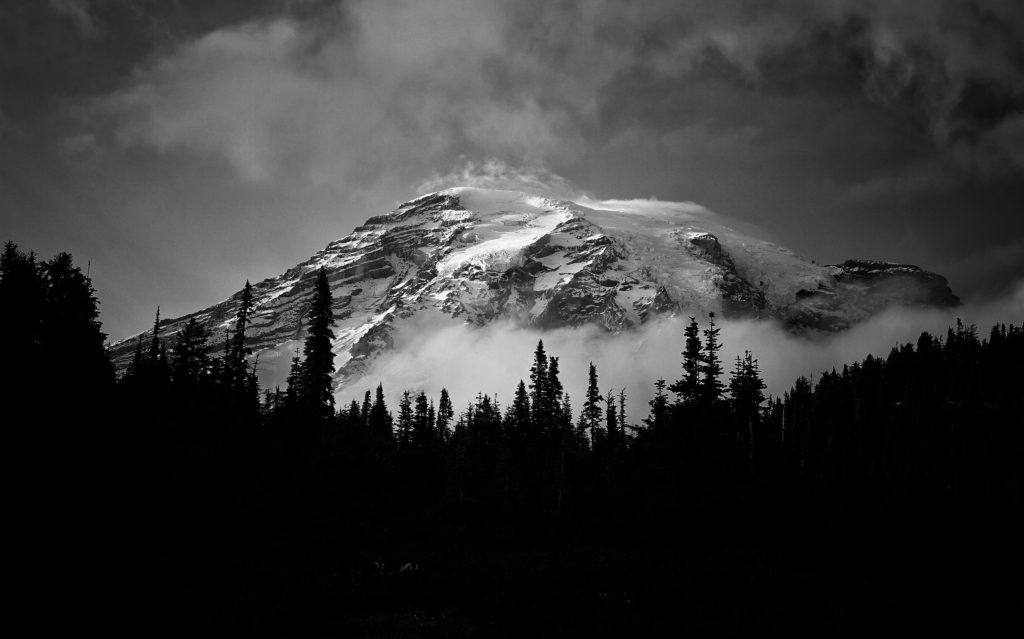
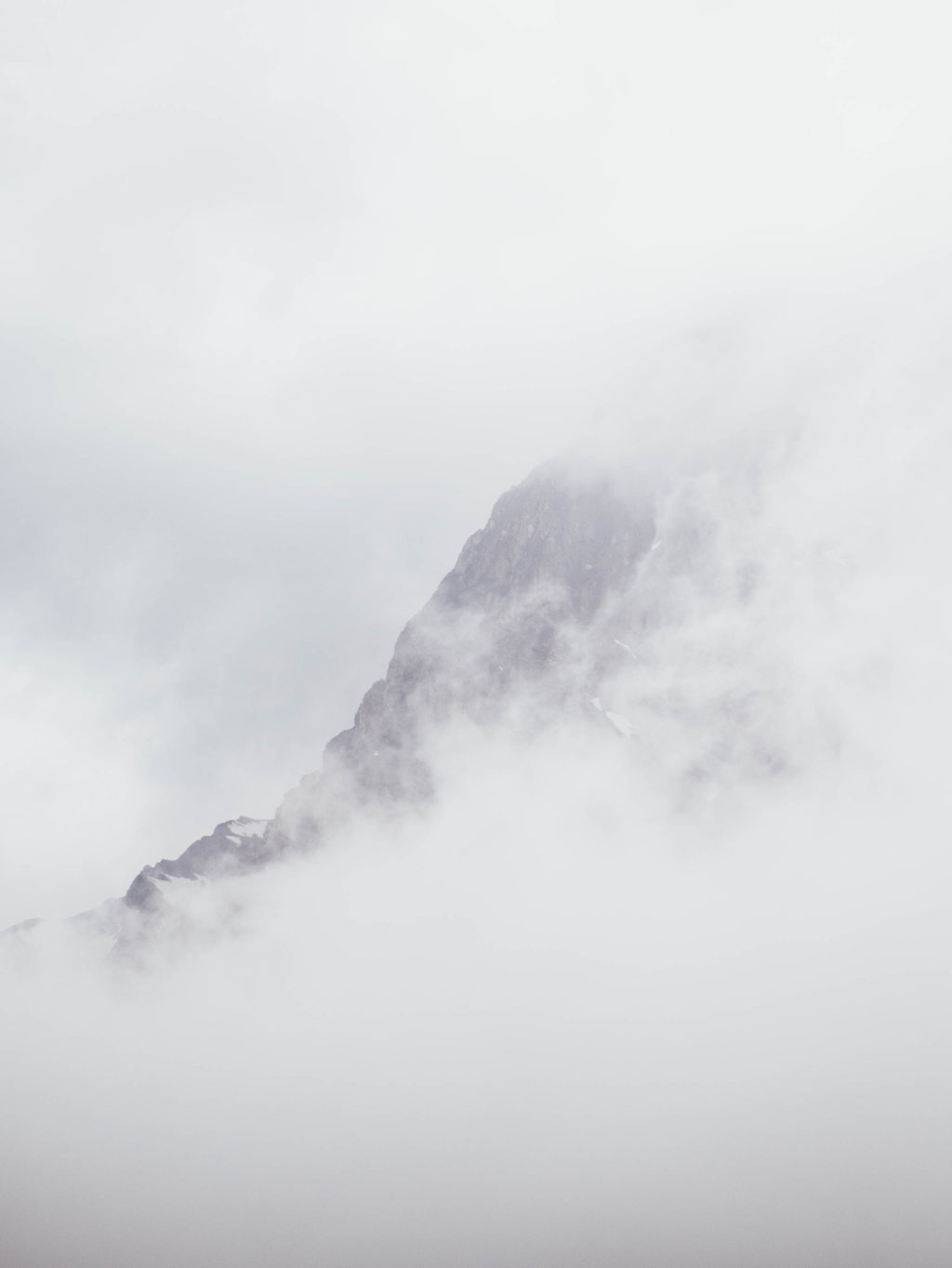
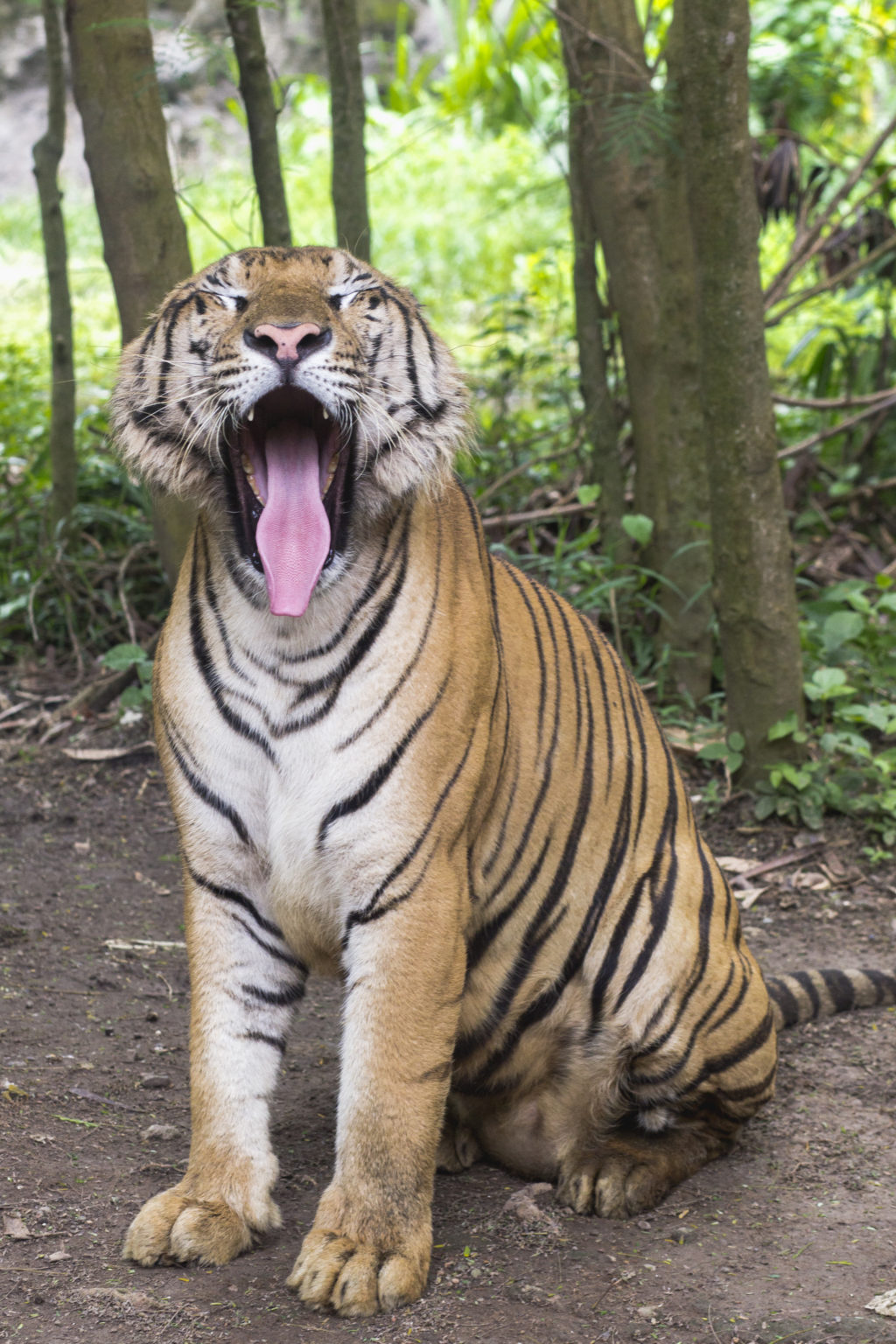


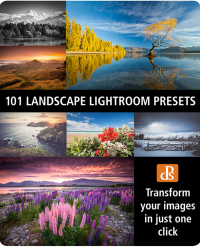
 Leading lines put to great use. Photo by
Leading lines put to great use. Photo by 



